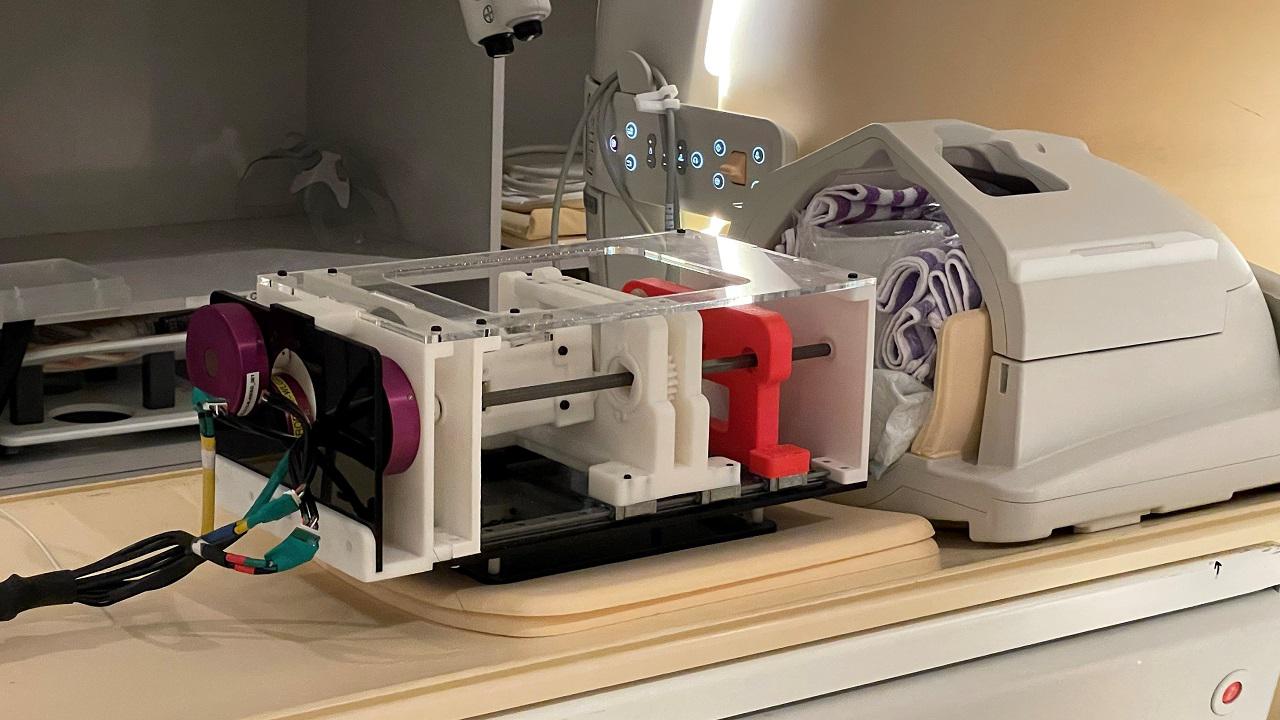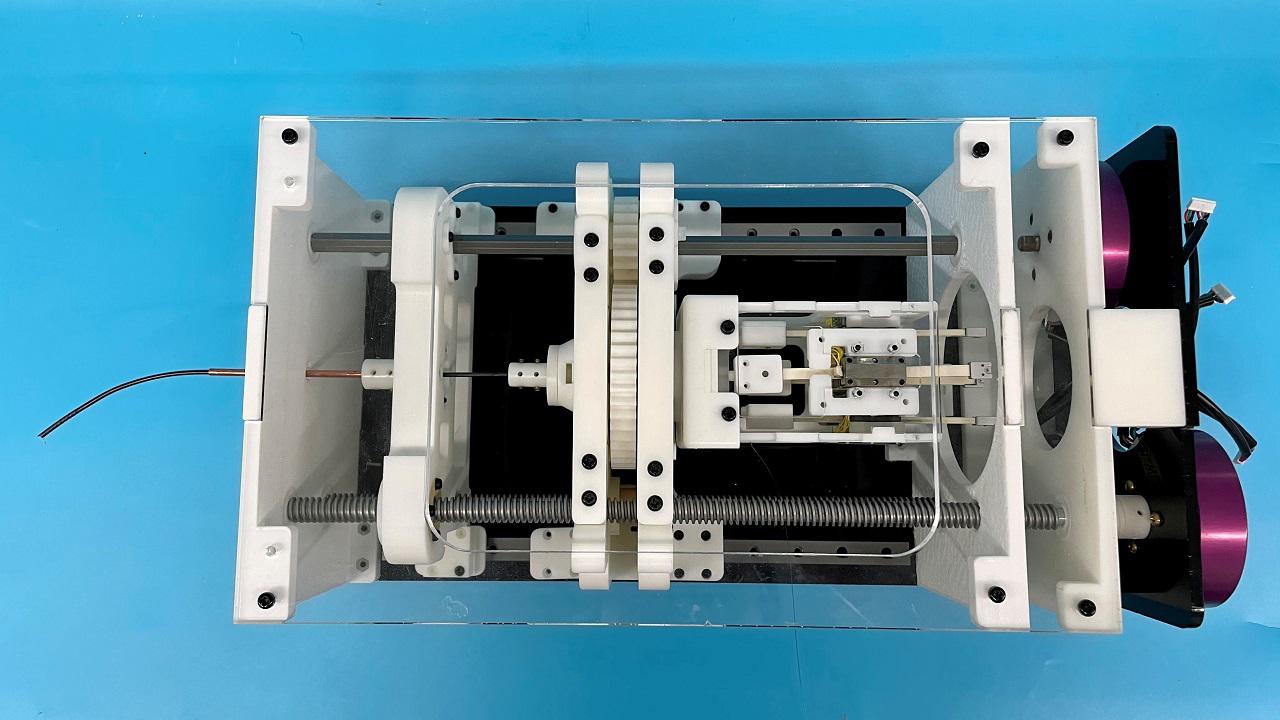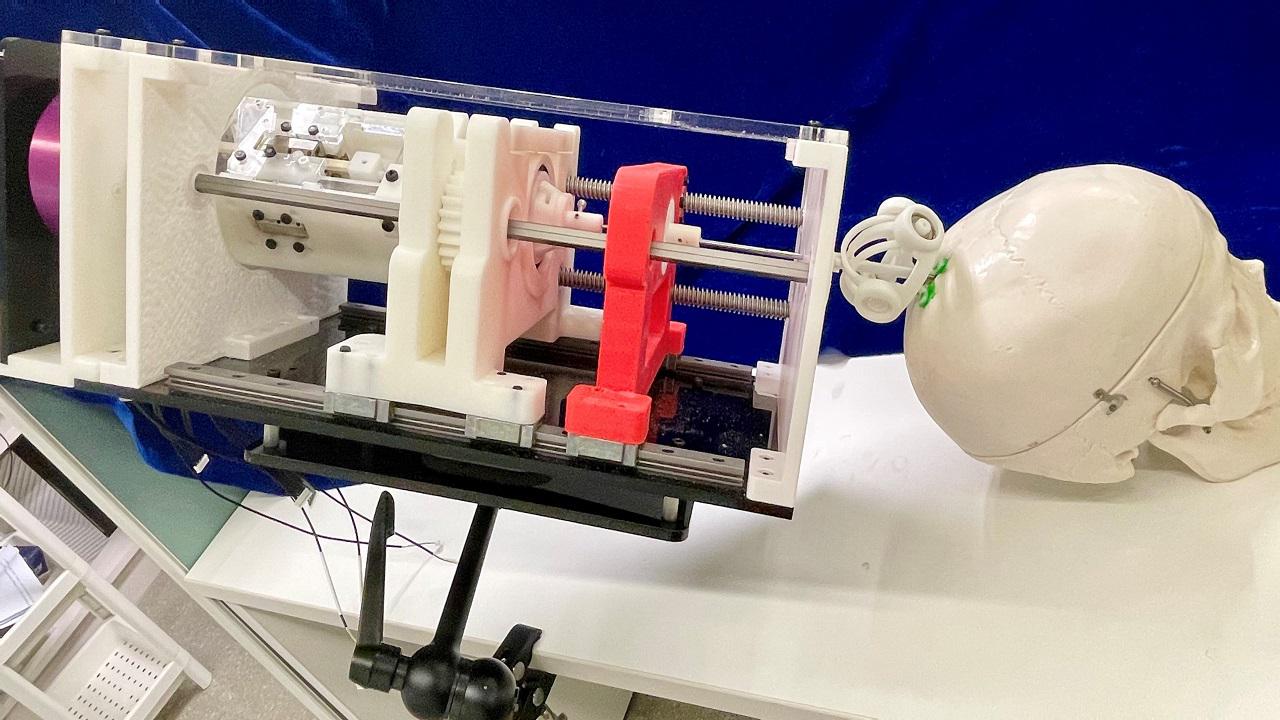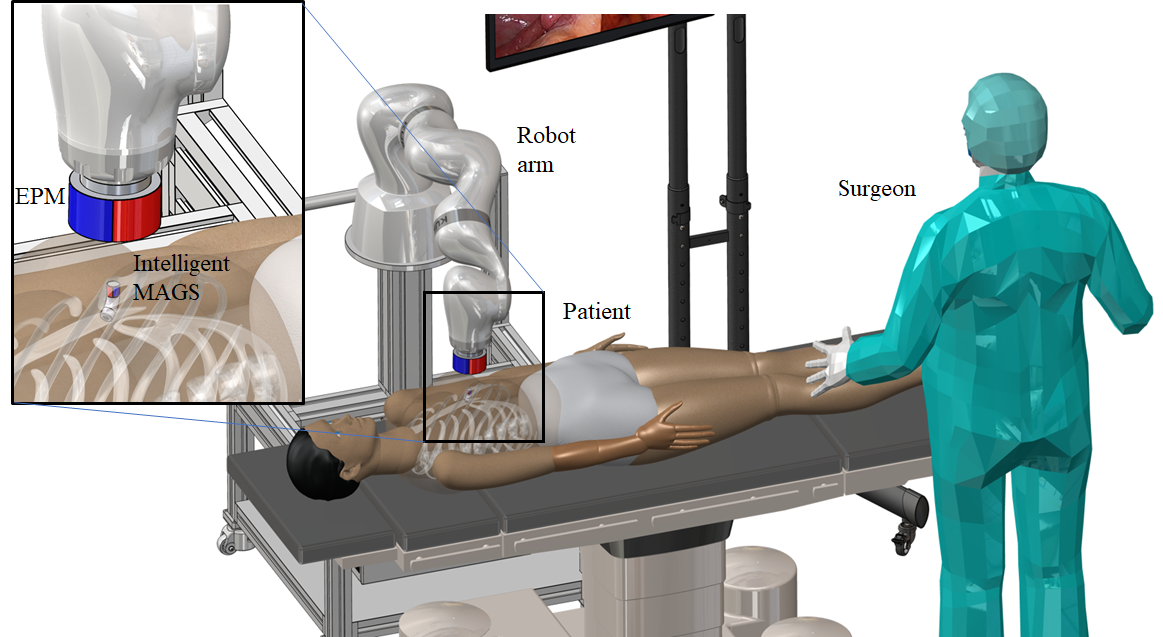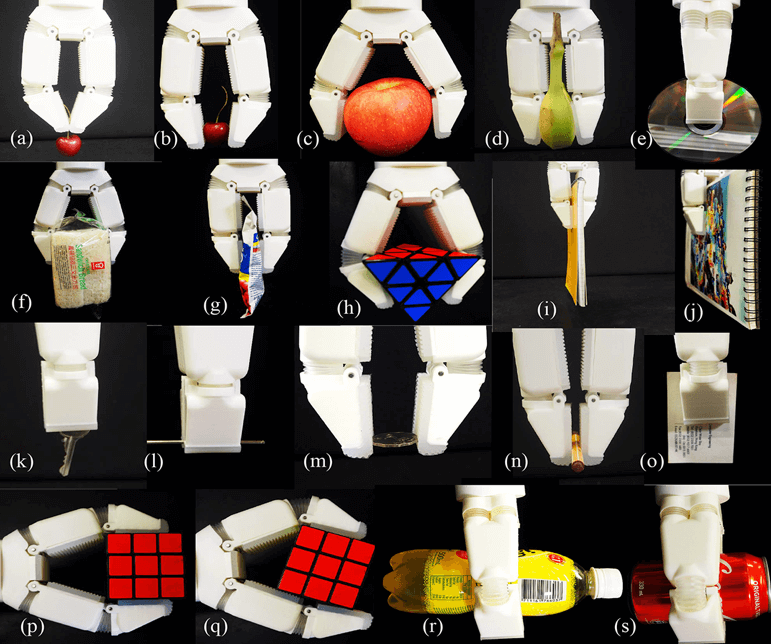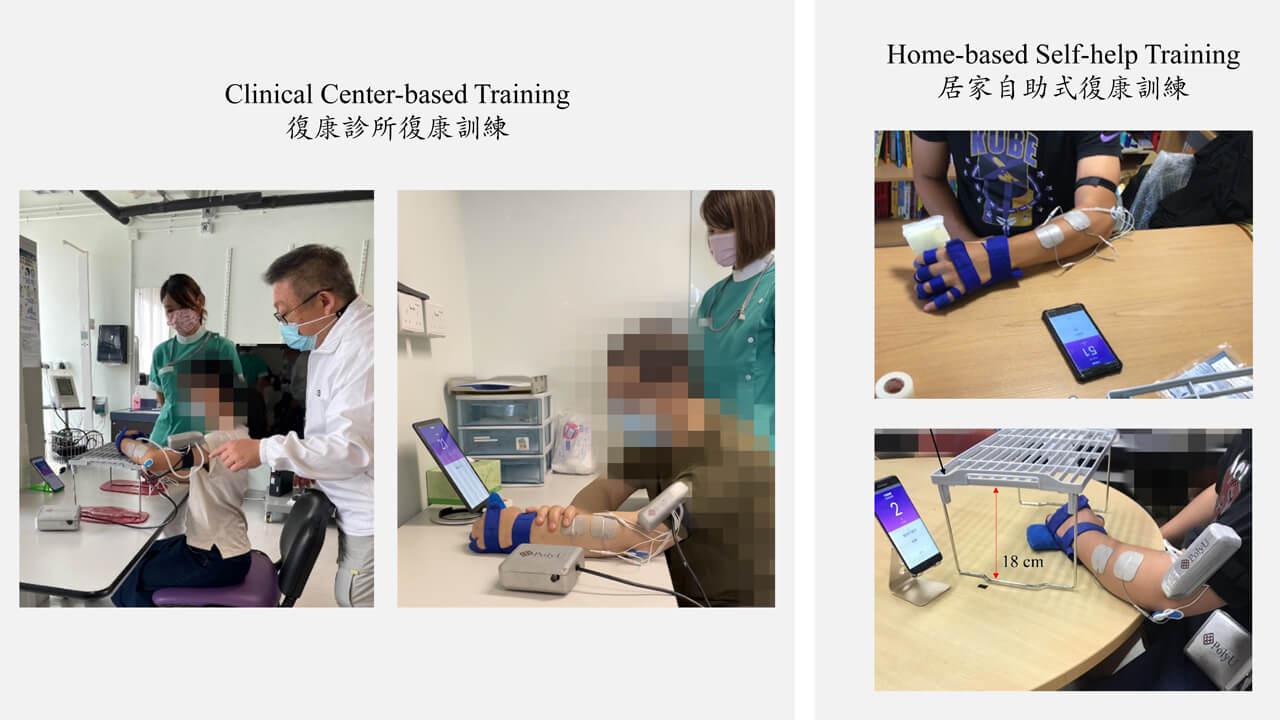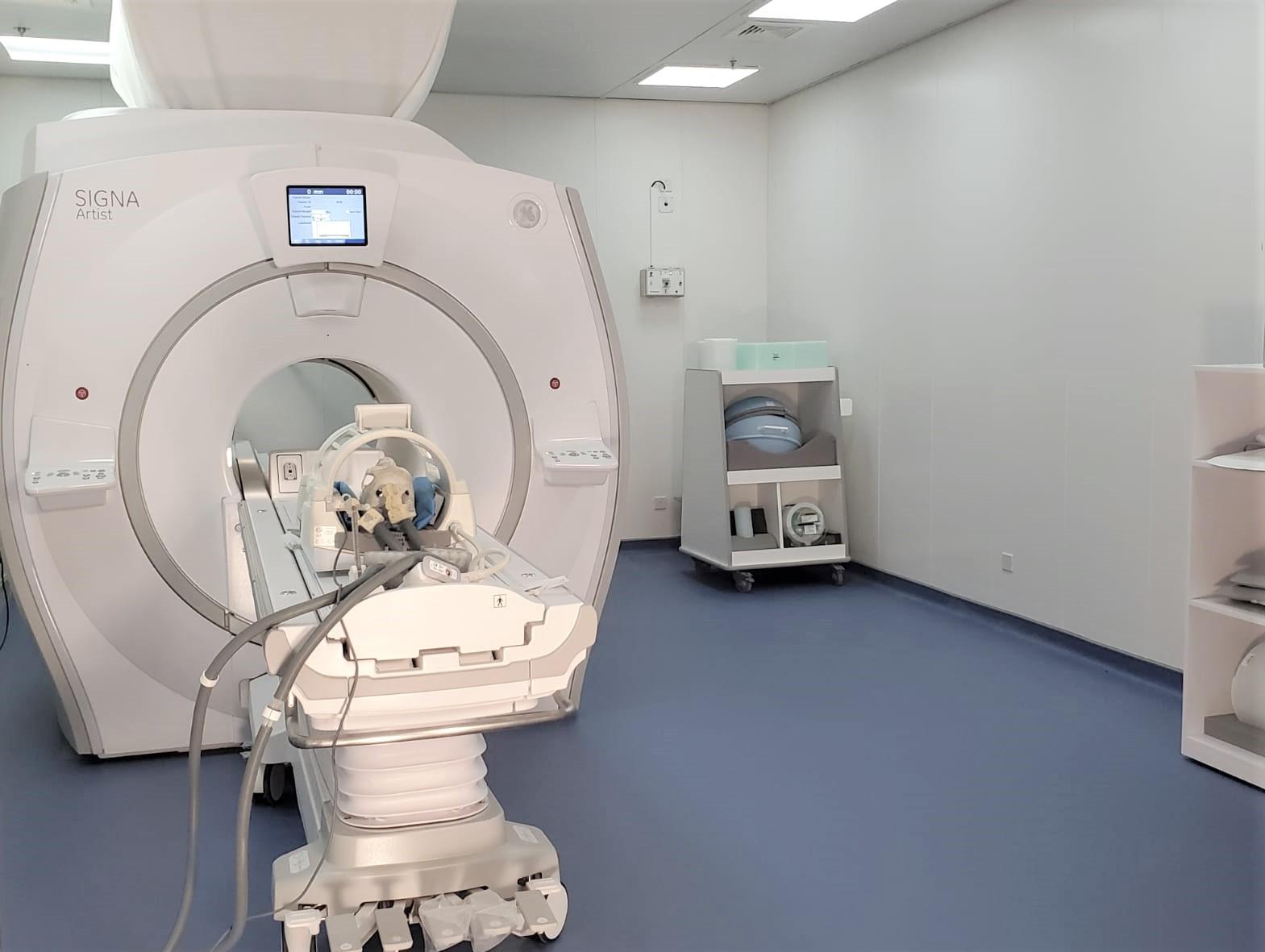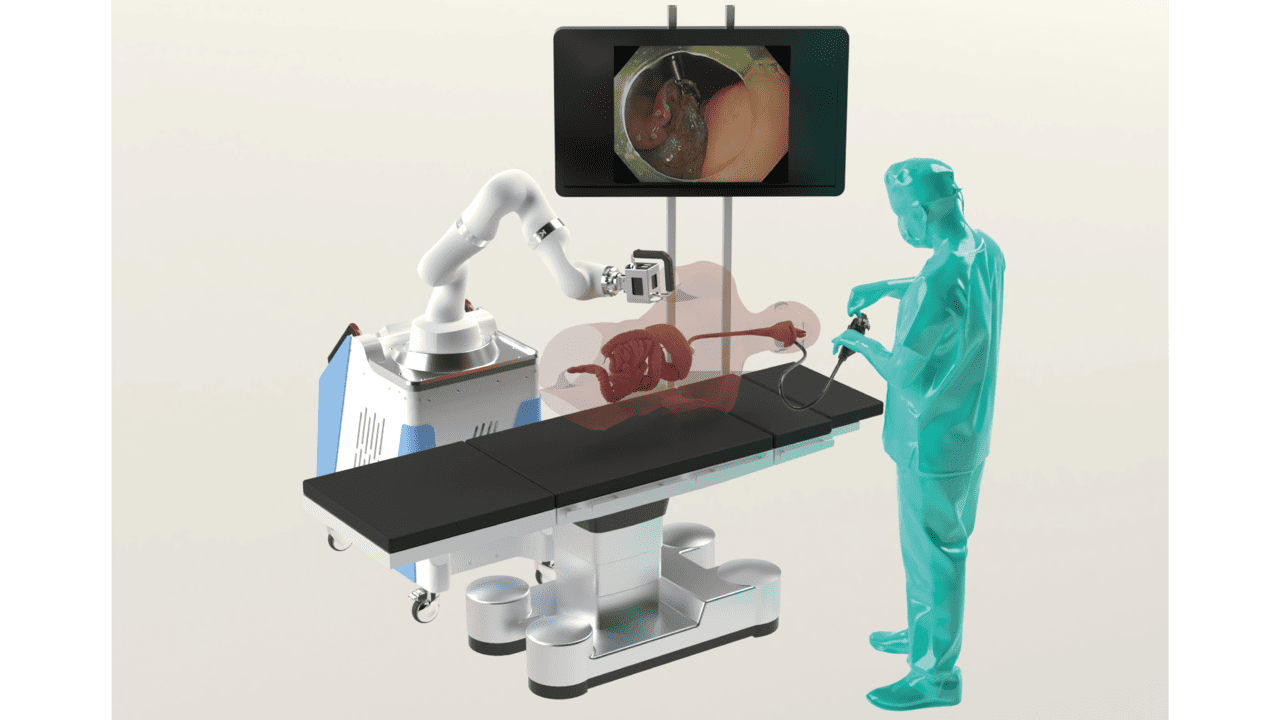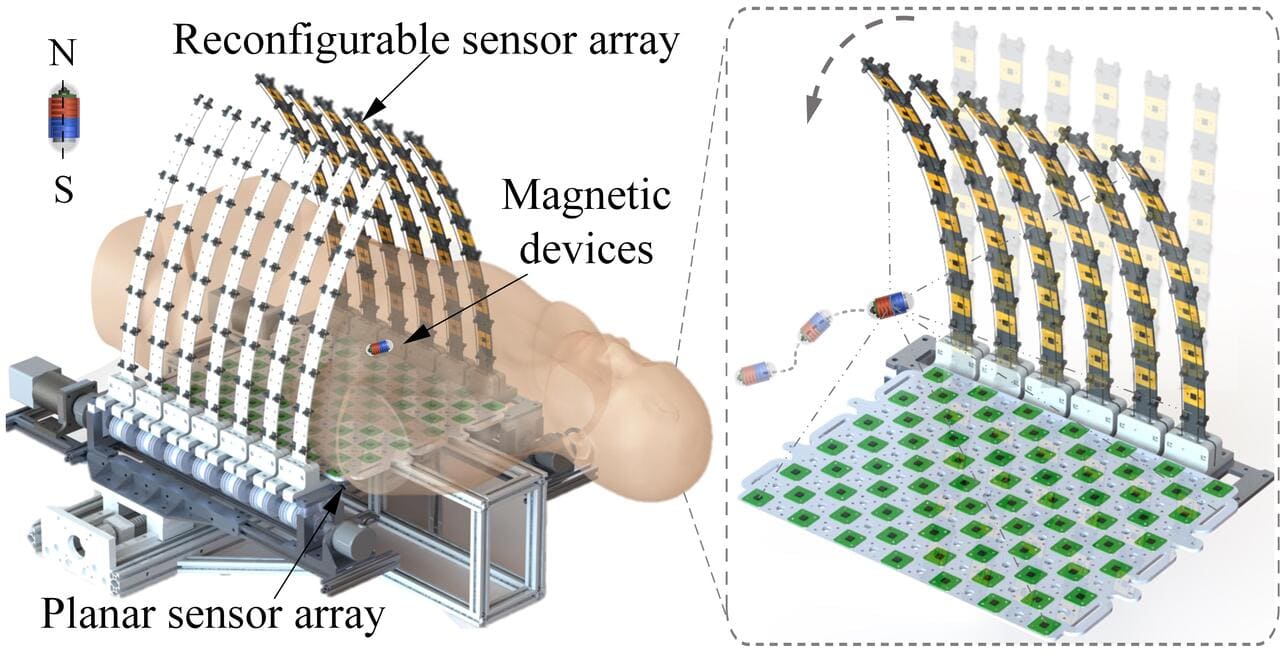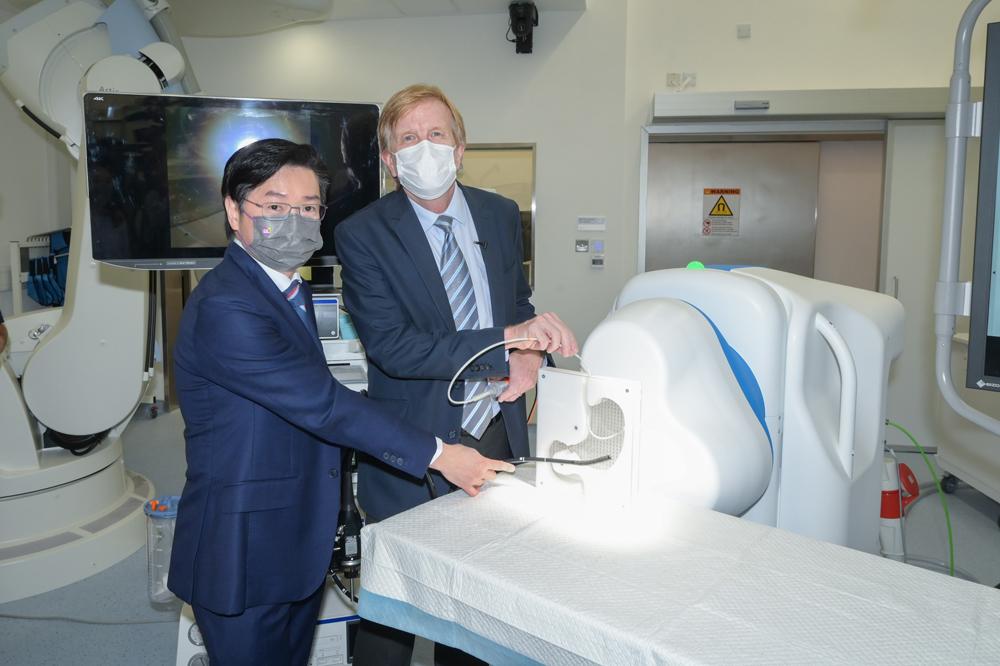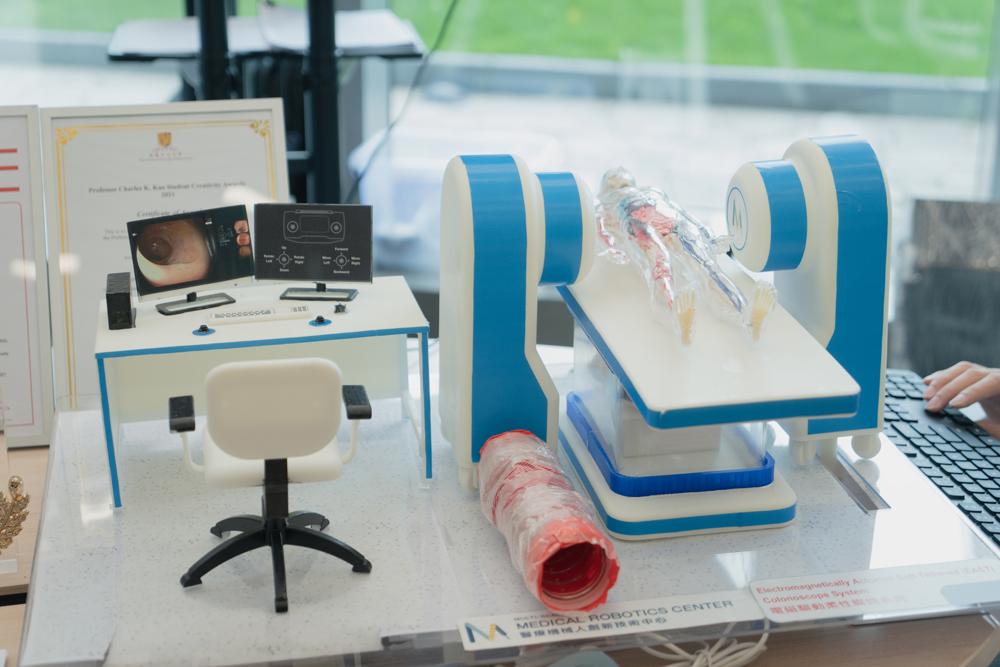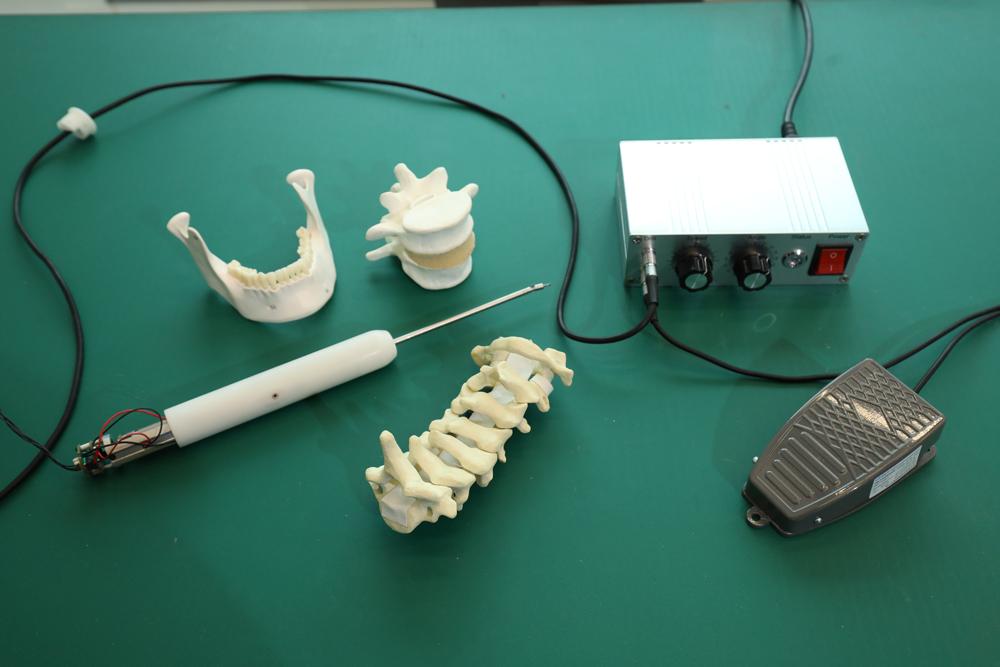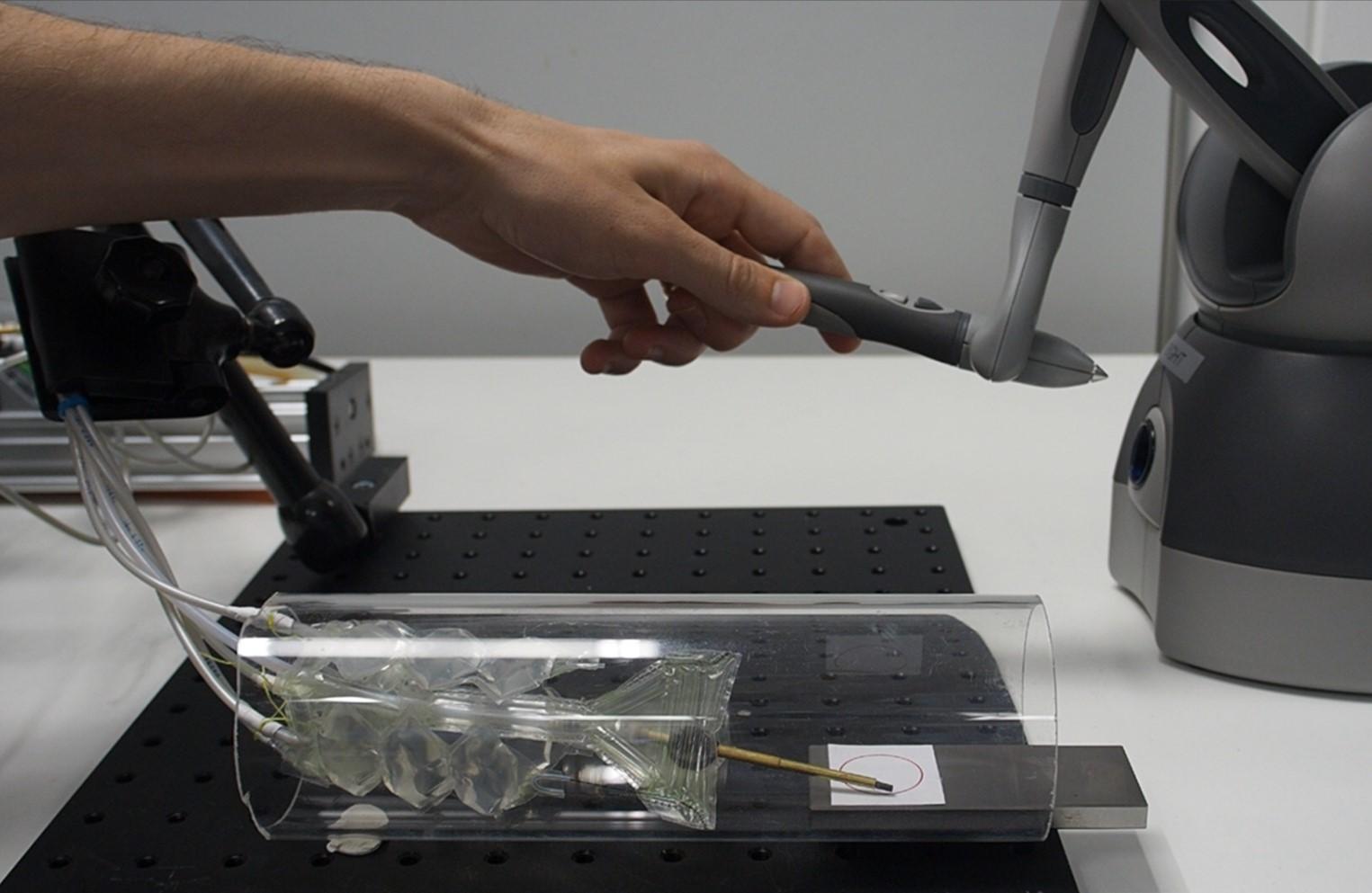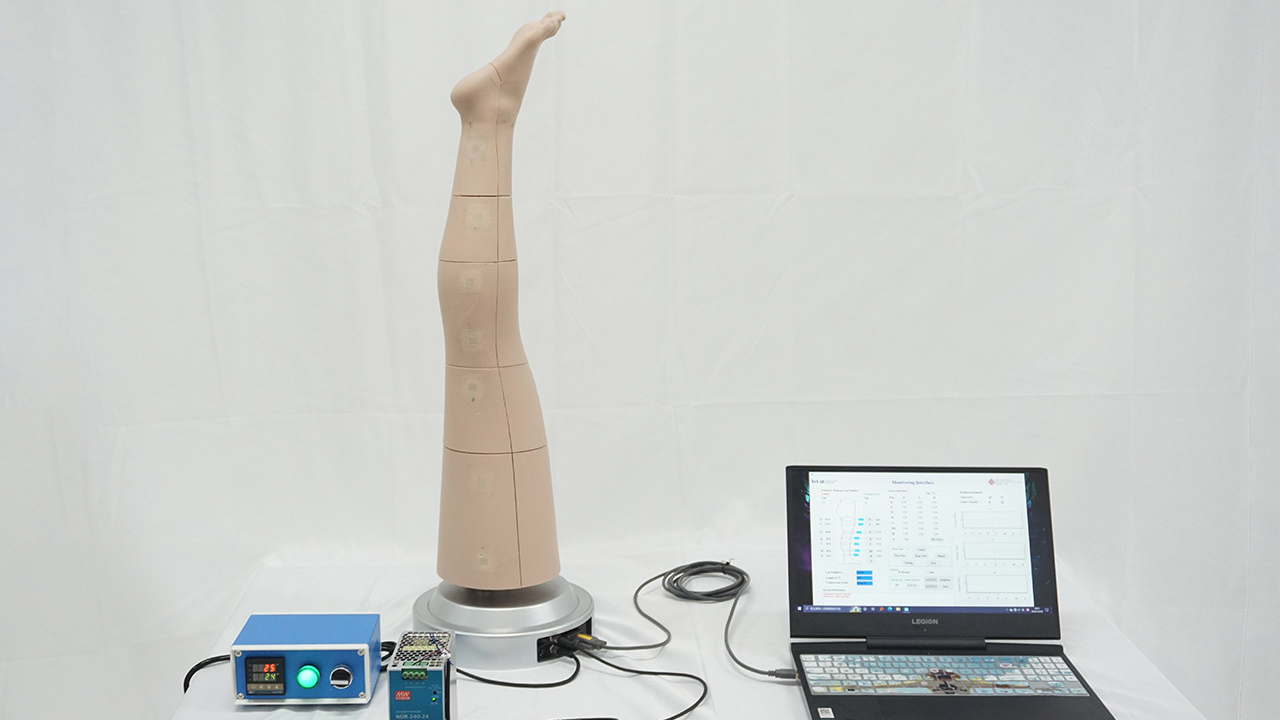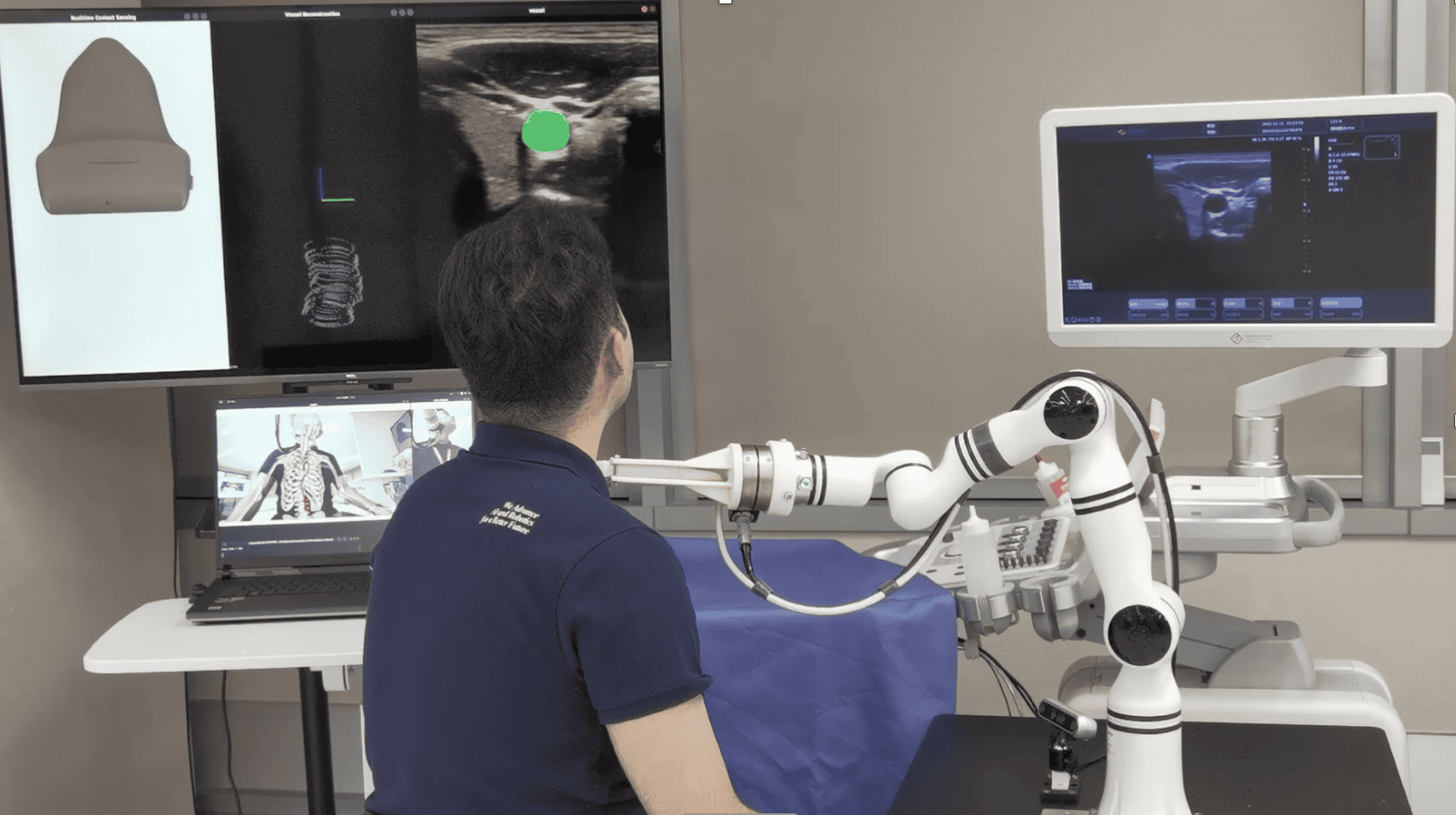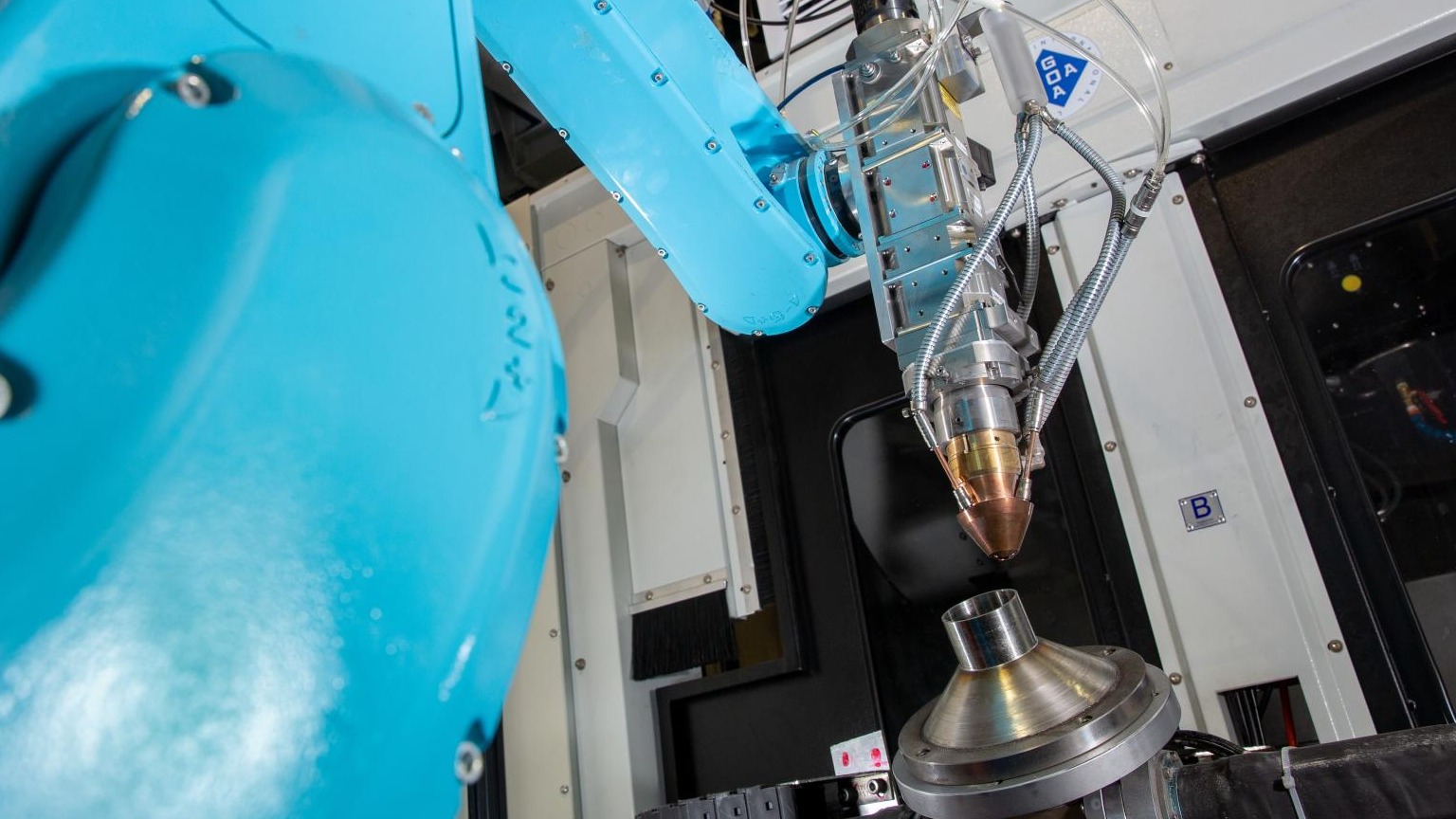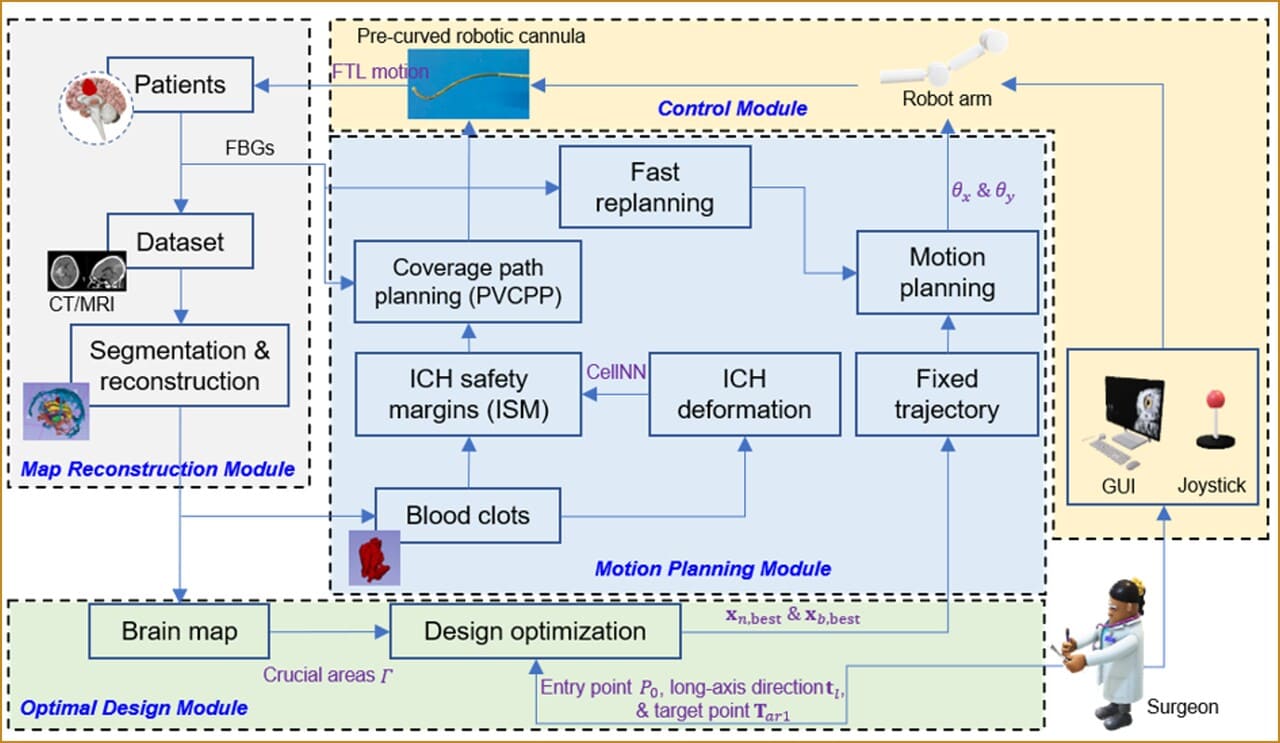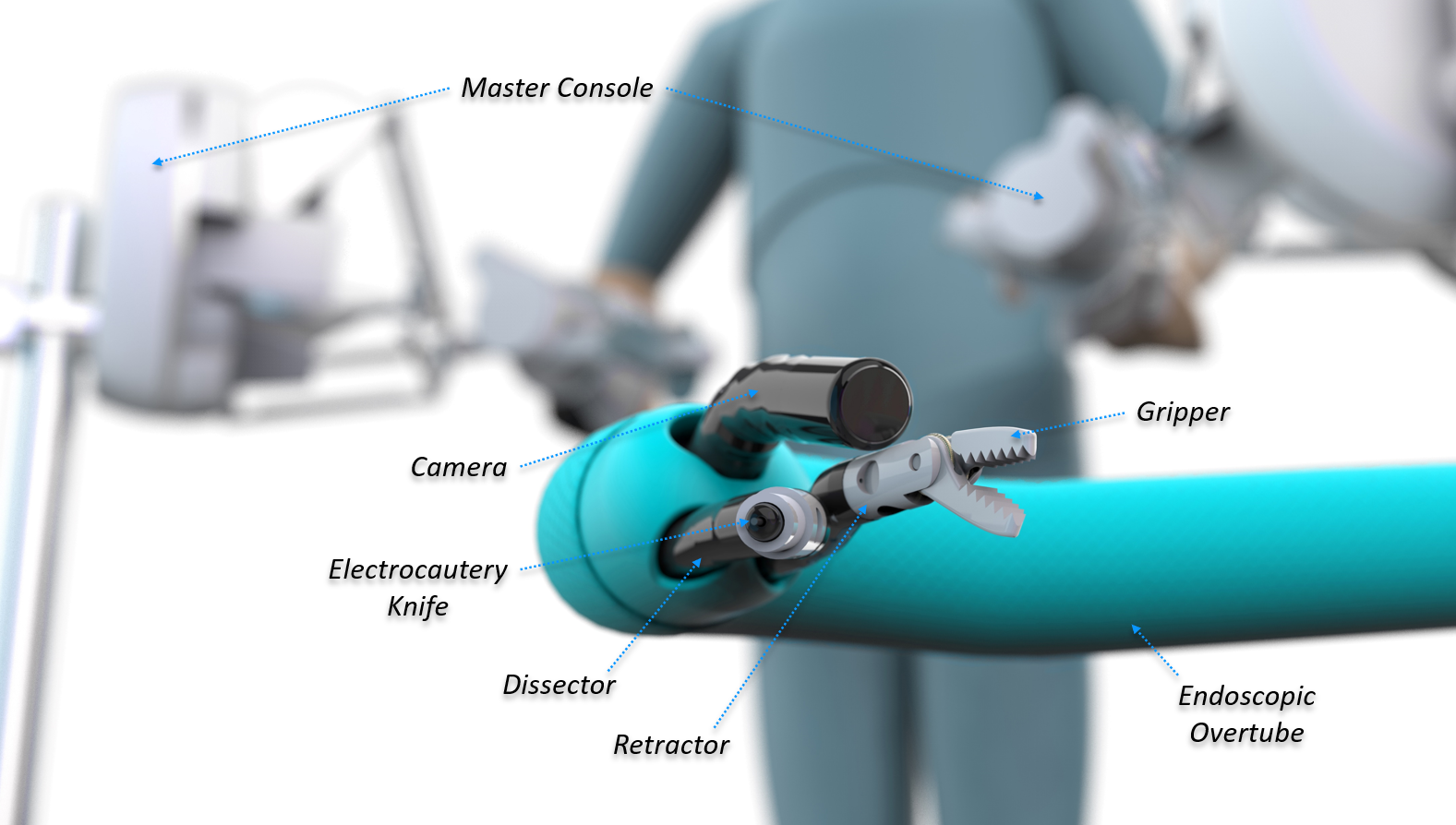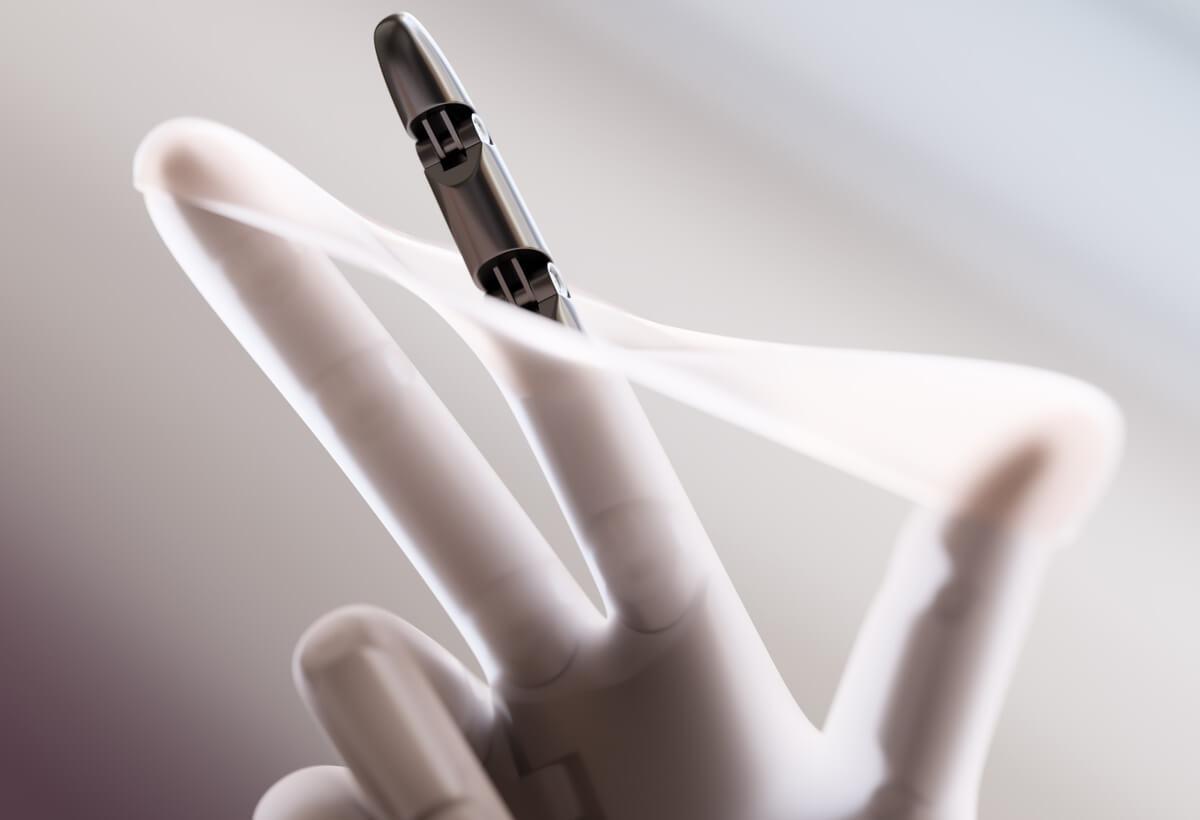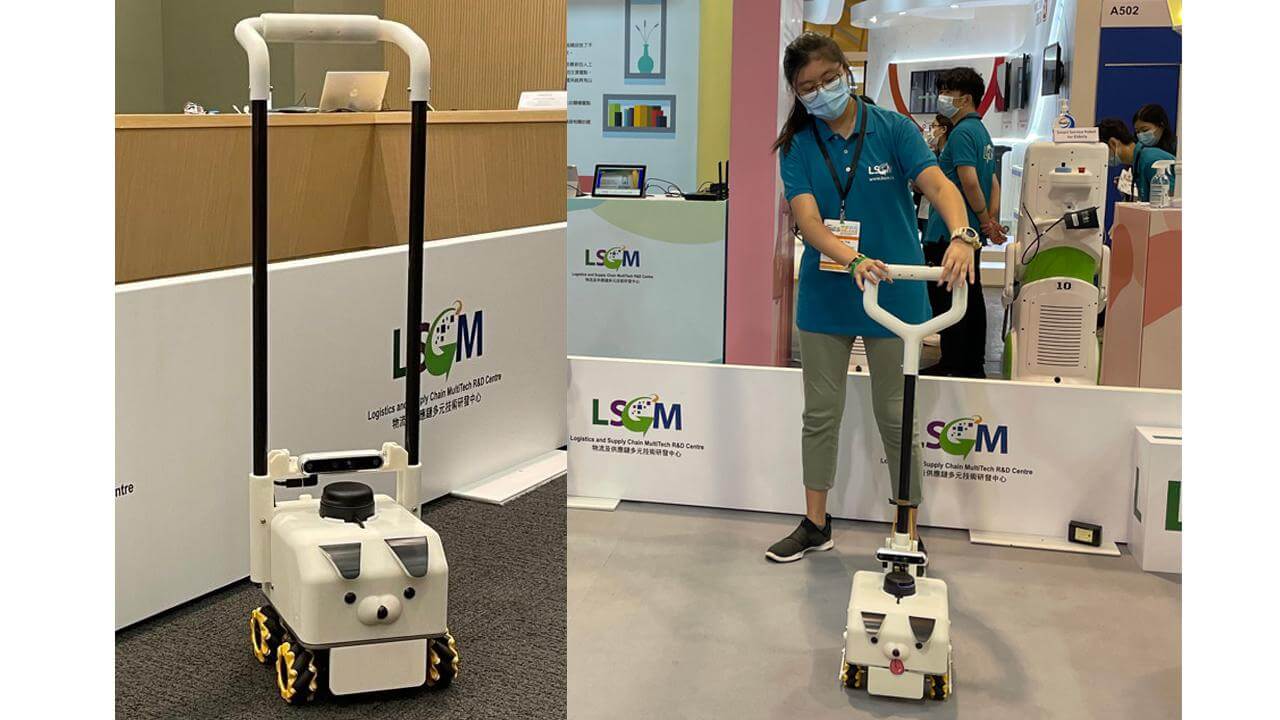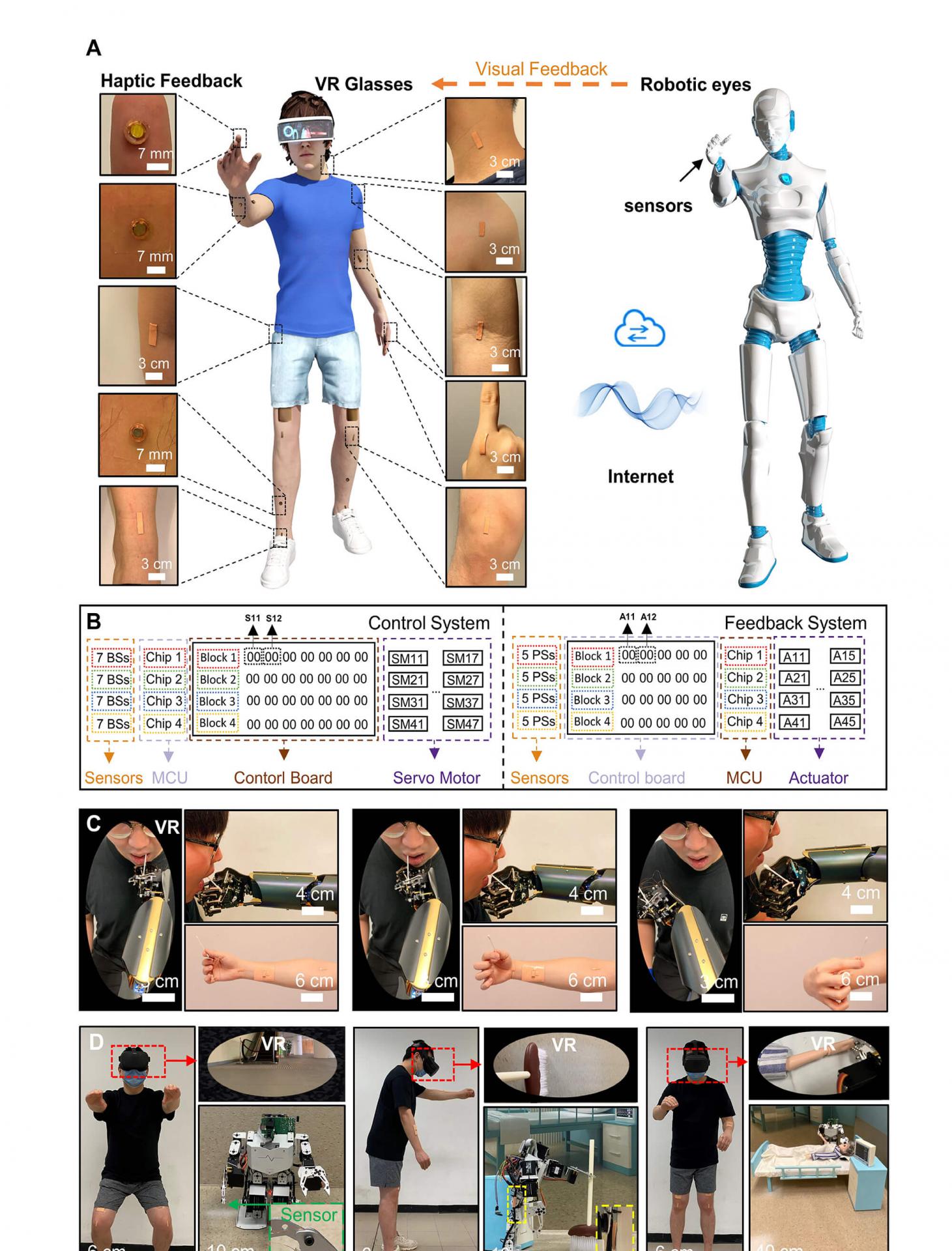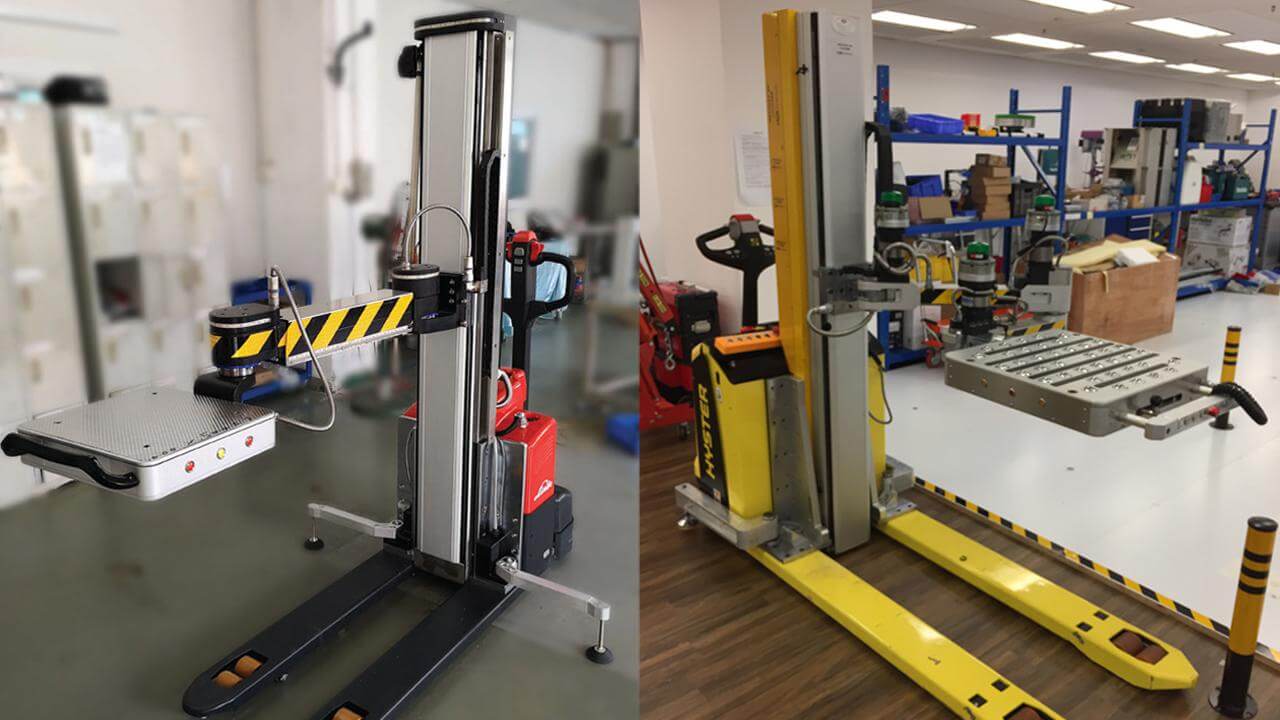
Robotic Neurosurgical Cannula for Intracerebral Hemorrhage Evacuation
Surgical Robotics and Devices Laboratory, CUHK has developed a robotic cannula for intracerebral hemorrhage (ICH) evacuation. It enables a non-straight access trajectory towards the ICH and dexterous tip motion inside the ICH. Working under the magnetic resonance imaging guidance, it can potentially minimize brain manipulation and improve ICH evacuation completeness.
Intracerebral hemorrhage (ICH) is one of the deadliest forms of stroke in the world. Existing surgical techniques using straight and rigid tools often fail to improve the surgical outcomes due to collateral brain manipulation and incomplete ICH removal. The robotic cannula provides a curved pathway to access the ICH and expands its distal manipulation capability for more complete ICH evacuation.
- The cannula design features a precurved cannula body that naturally generates a non-linear trajectory upon its insertion and retraction. Under optimized motion planning, the cannula is able to produce a "follow-the-leader" motion, keeping it along a preplanned access pathway without disrupting critical surrounding brain tissues.
- The cannula design features a cable-driven flexible cannula tip segment that is capable of bending in 3D workspace. The expanded distal reachability of the cannula allows clot aspiration at the peripheral regions of the ICH.
- The robotic system is magnetic resonance imaging (MRI) compatible, allowing clear and high resolution visualization of the ICH under the MRI during the surgical procedure.
- Allows planned avoidance of critical functional brain areas during the ICH evacuation procedure, minimizing the risk of collateral brain damage.
- Enables more complete ICH aspiration, ensuring fast brain decompression.
- Minimizes risk of intraoperative and postoperative complications, and improves patient outcomes in terms of recovery speed and hospitalization period.
- Reduces mortality and morbidity rate among ICH patients.
- Intracerebral hemorrhage evacuation procedure
Patent
- US Patent Application: 17151081
Founded in 1963, The Chinese University of Hong Kong (CUHK) is a forward-looking comprehensive research university with a global vision and a mission to combine tradition with modernity, and to bring together China and the West. CUHK teachers and students hail from all around the world. Four Nobel laureates are associated with the university, and it is the only tertiary institution in Hong Kong with recipients of the Nobel Prize, Turing Award, Fields Medal and Veblen Prize sitting as faculty in residence. CUHK graduates are connected worldwide through an extensive alumni network. CUHK undertakes a wide range of research programmes in many subject areas, and strives to provide scope for all academic staff to undertake consultancy and collaborative projects with industry.

